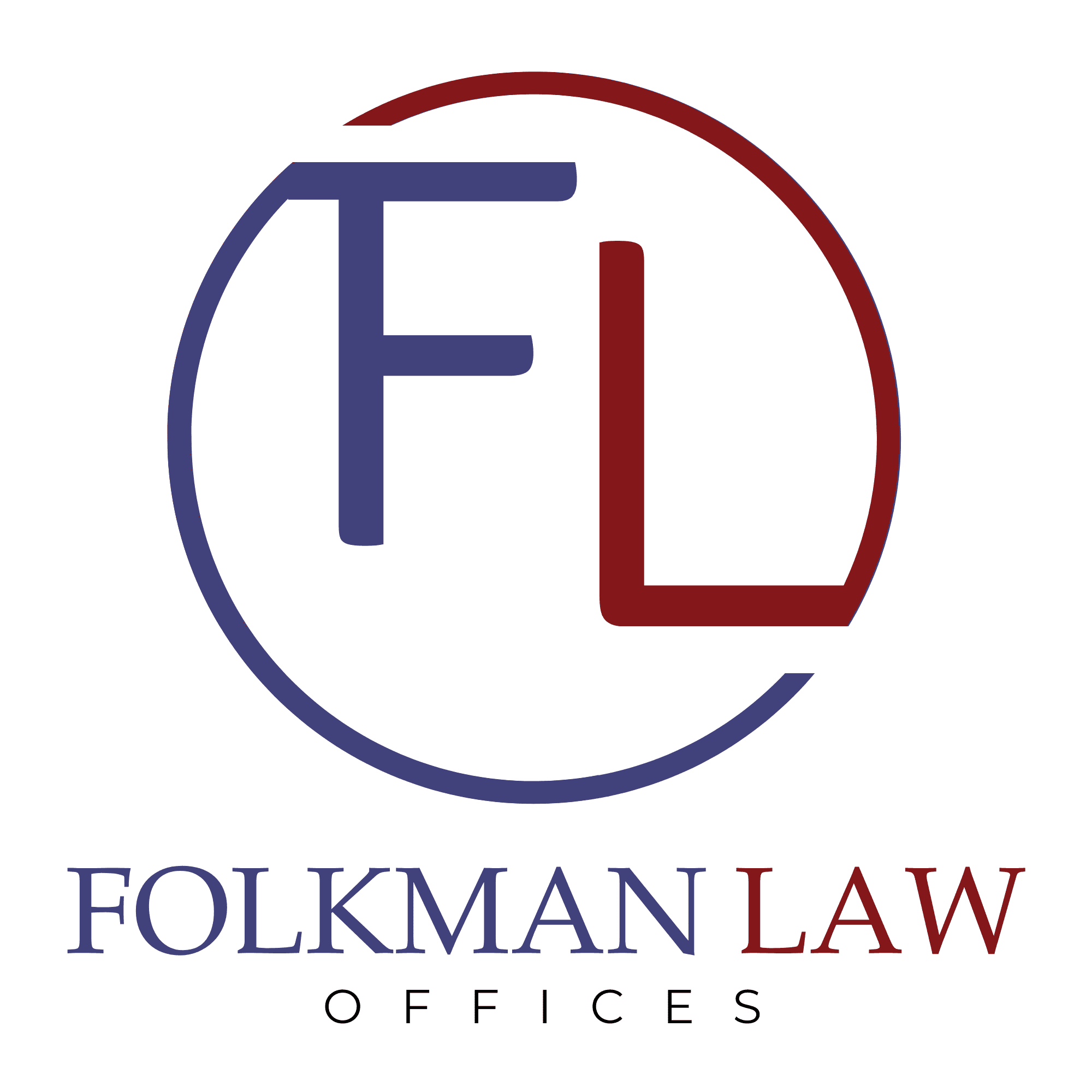In DiMatteo v. East Brunswick, Docket No. A-0987-14T3 (N.J. Sup. Ct. App. Div. Nov. 10, 2015), the Plaintiff went to East Brunswick’s Dideriksen Park to watch her daughter play soccer in an age ten-and-under game. While walking down a short, grassy hill to reach the field, the Plaintiff was injured when her shoe got stuck in a hole in the grass, causing her to fall. On November 10, 2015, the Appellate Division, in an unpublished decision, affirmed the trial court’s grant of summary judgment to the Township, finding that the Plaintiff did not meet her burden under the New Jersey Tort Claims Act (the “TCA”), N.J.S.A. 59:1-1 et seq.
The TCA limits the liability of public entities in New Jersey. The TCA addresses dangerous conditions of public property and provides as follows:
A public entity is liable for injury caused by a condition of its property if the plaintiff establishes that the property was in dangerous condition at the time of the injury, that the injury was proximately caused by the dangerous condition, that the dangerous condition created a reasonably foreseeable risk of the kind of injury which was incurred, and that either: (a) a negligent or wrongful act or omission of an employee of the public entity within the scope of his employment created the dangerous condition; or (b) a public entity had actual or constructive notice of the dangerous condition under section 59:4-3 a sufficient time prior to the injury to have taken measures to protect against the dangerous condition.
Nothing in this section shall be construed to impose liability upon a public entity for a dangerous condition of its public property if the action the entity took to protect against the condition or the failure to take such action was not palpably unreasonable.
N.J.S.A. 59:4-2. Thus “to impose liability on a public entity pursuant to that section, a plaintiff must establish the existence of a ‘dangerous condition,’ that the condition proximately caused the injury, that it ‘created a reasonably foreseeable risk of the kind of injury which was incurred,’ that either the dangerous condition was caused by a negligent employee or the entity knew about the condition, and that the entity’s conduct was ‘palpably unreasonable.'” Vincitore v. N.J. Sports & Exposition Auth., 169 N.J. 119, 125 (2001).
In the DiMatteo case, the Appellate Division found that the Plaintiff had failed to establish that the hole constitued a “dangerous condition,” which is defined as “a condition of property that creates a substantial risk of injury when such property is used with due care in a manner in which it is reasonably foreseeable that it will be used.” N.J.S.A. 59:4-1a. The DiMatteo court noted:
Not every imperfection in a lawn surface, even one caused by negligent maintenance, is actionable. Surely our courts have no place dictating to a Township that “what is needed is a safe stairway down the slope to the playing field,” as plaintiff’s expert recommends.
Slip Op. at 10 (internal citations omitted).
Likewise, the DiMatteo court held that because the grade of the hill where the Plaintiff slipped and fell was consistent approved designs for the field, the Township was entitled to immunity from the Plaintiff’s claims. The TCA carves out immunity for injuries caused by the design approved by the planning board. N.J.S.A. 59:4-6. The DiMatteo court found that the Township was immune because “there was no dispute that the grade was consistent with the approved design for these terraced athletic fields . . . and there appears no dispute that the washout area where plaintiff fell was caused by the topography of the hill[.]” Slip Op. at 10 (internal citations omitted).
If you believe you have a claim against a public entity in New Jersey or Pennsylvania, contact Folkman Law today, or call 856-354-9444.


